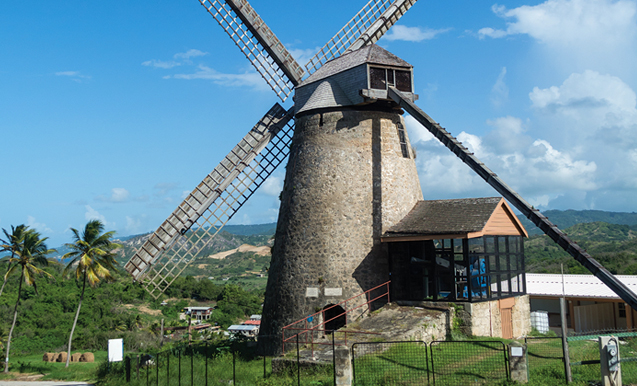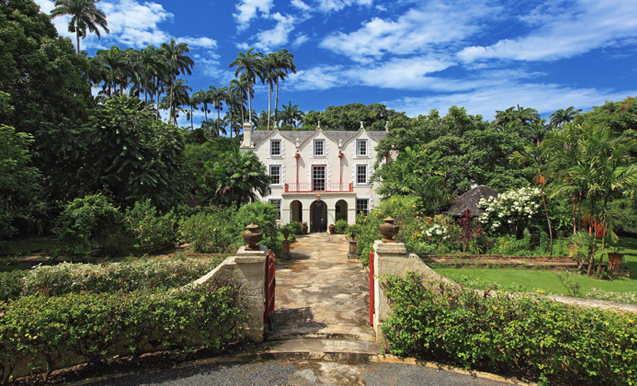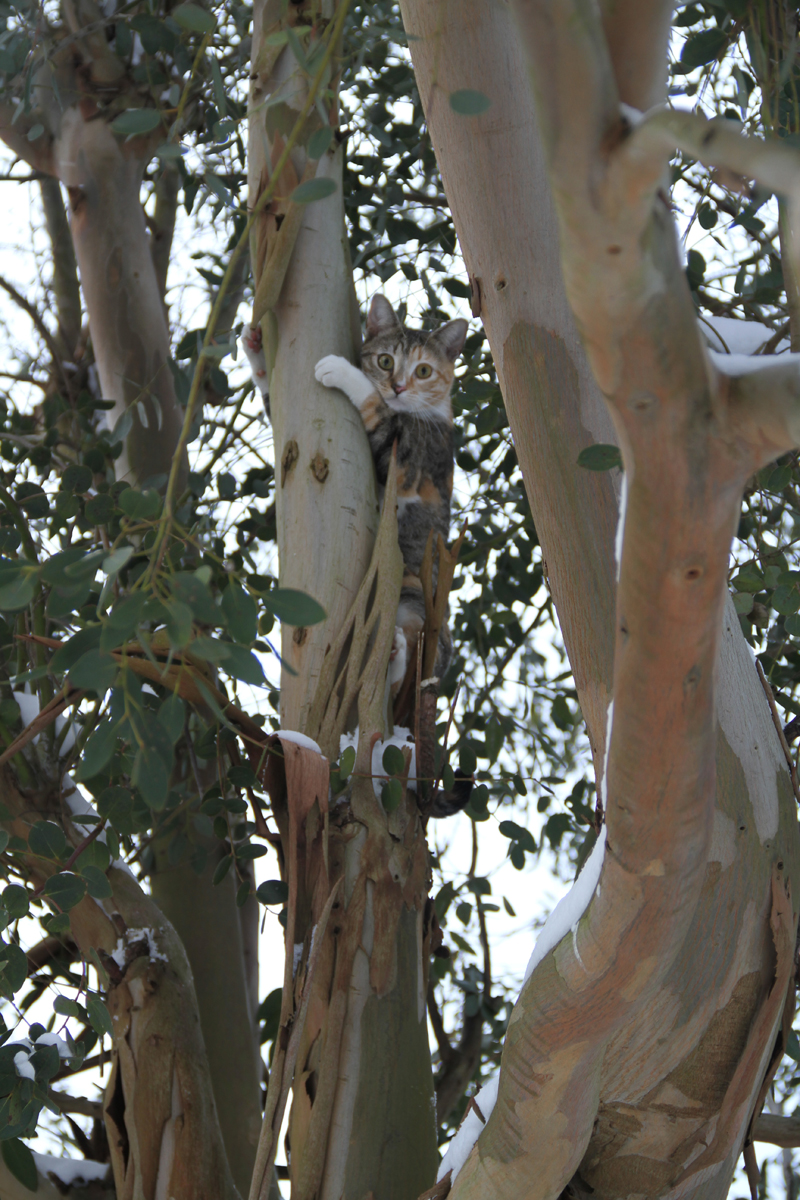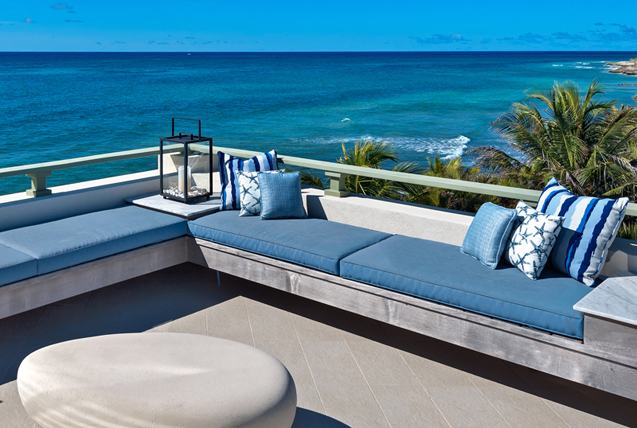
The year 2016 will always be remembered as the culmination of culture and identity through the celebration of Barbados’ 50th year of Independence – a milestone that only a few will witness in their lifetime. This golden year rests solidly on a history that is a little bit British with a dash of Africana, creating a colourful landscape and people that the world would know and identify as ‘of Barbados.’
The island’s colonial past is summed up primarily in its architecture, including the forts and other structures at the Garrison Historic area, and the affinity for its people to spur on the traditions of horse racing and polo up to today. And most aptly housed in such an area is the national museum, where history is dictated to history aficionados and the genuinely curious.
The capital city of Bridgetown also gives clues of these origins through its infrastructure, which offers clues as to the beginnings of modern Barbados. Naturally, being the political and financial hub of the island, there is quite a bit to learn. Each historic structure in the city has some priceless fun fact that makes for great dinner table material. Be sure to tour our

Parliament building- dating back to 1639, it’s the 3rd oldest Parliament in the Caribbean and is still in use, having been kept in immaculate condition. Another chapter of the island’s history opens at the Nidhe Israel Synagogue and Museum, which holds the distinction of being one of the oldest synagogues in the Western Hemisphere, dating back to the mid-17th century. We are more than able to organise a walking tour of Bridgetown with one of our experienced guides to help you explore the heart of the island.
But, Bridgetown is not the only area that is germane to the history story that is Barbados. The tales from the north introduce Holetown and Speightstown, two of the major towns on the island. Holetown, formerly Jamestown, was where the English first landed in Barbados in 1625, while Speightstown was settled a few years later and quickly became a major port and commercial centre for the island. The latter town is considerably quieter today but many colonial buildings still stand tall there, like Arlington House Museum, an 18th century three-storey house filled with loads of interactive features and exhibits on the bygone era.
Besides its towns, another major historic notable is the island’s rum. To talk about Barbados without telling the story of rum would be a disservice, especially since the spirit was born right here, after all! Since its introduction in the 17th century, rum has become an ambassador for the island, and has a prominent place in Barbadian history and its present culture. Nonetheless, to expand any further on the island’s full history will be no easy feat, so we invite you to come and explore and discover the true gems of paradise that await!







